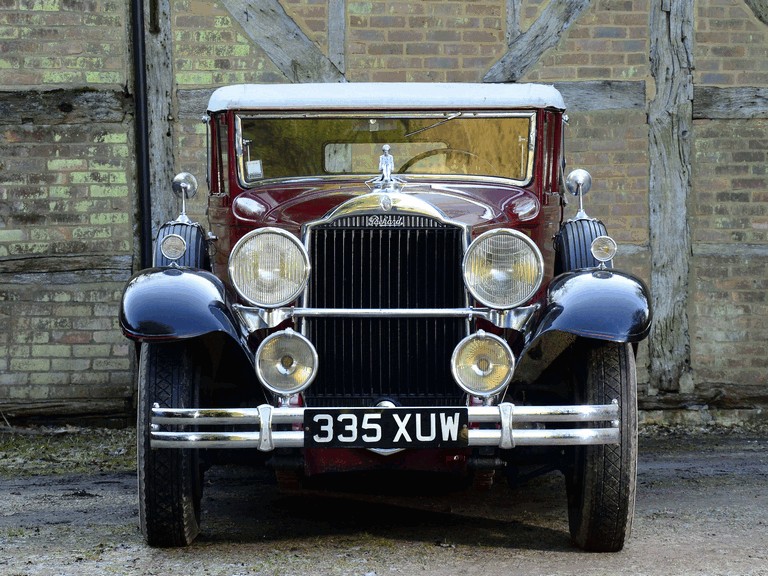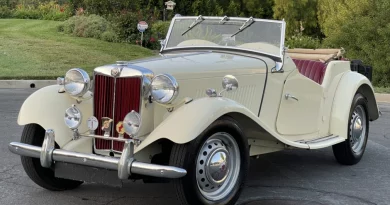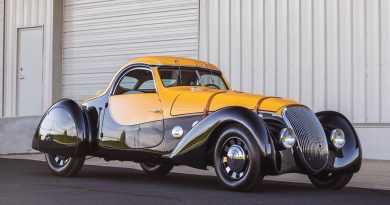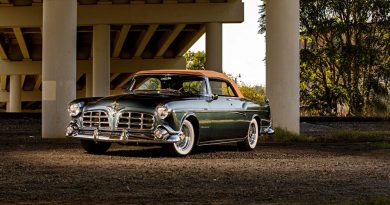1931 Packard Standard Eight Convertible Sedan
The Packard Eight was a luxury automobile produced by Packard between 1924 and 1936, and was an all new platform that took the top market position from the earlier Packard Twin Six which was first introduced in 1916. When it was introduced, it was designated as the Senior Packard until the company ended in the late 1950s.

In 1931, further improvements were made, the Eights adopted the valve and manifold set up of the 734 Speedster and in doing so broke the magic 100 horsepower mark. The Bijur was now automatic and the fuel system replaced with a Stewart Warner fuel pump. Technically it could be considered one of the more significant leaps forward on an annual basis. Still a wide range of body styles were available, this being the Five Passenger Convertible Sedan. In British or European coachbuilding parlance would have been referred to as an All Weather, or Cabriolet and was one of the most versatile designs of its era, providing the option of fully open motoring for sunny days or being properly enclosed with a solid roof and full length windows for inclement conditions.
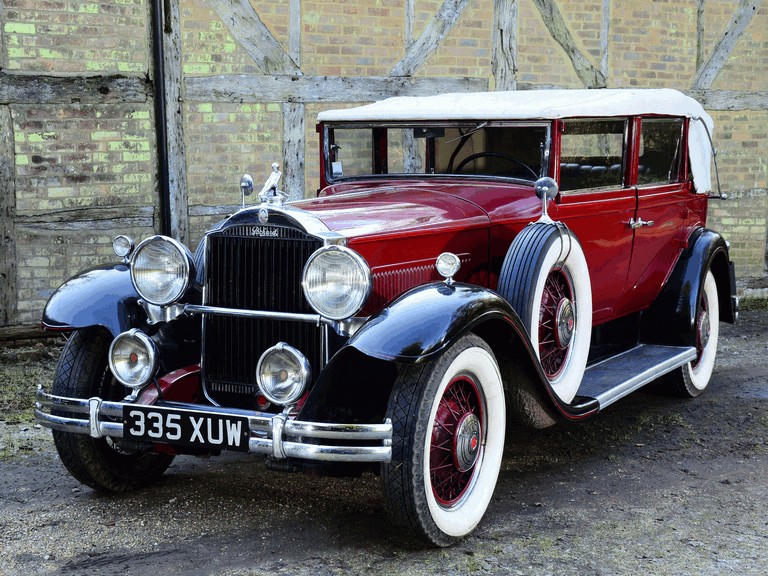
The Packard Standard Eight Sedan is a Convertible Sedan with 4 doors and a front mounted engine which transmits the power through the rear wheels. The Standard Eight Sedan forms part of Packard’s 833 series. The power is produced by a naturally aspirated engine of 5.2 litre capacity. This unit features side valve valve gear, 8 cylinder layout, and 2 valves per cylinder. It has an output of 100 bhp (101 PS/75 kW) of power. A 4 speed manual gearbox supplies the power to the driven wheels.
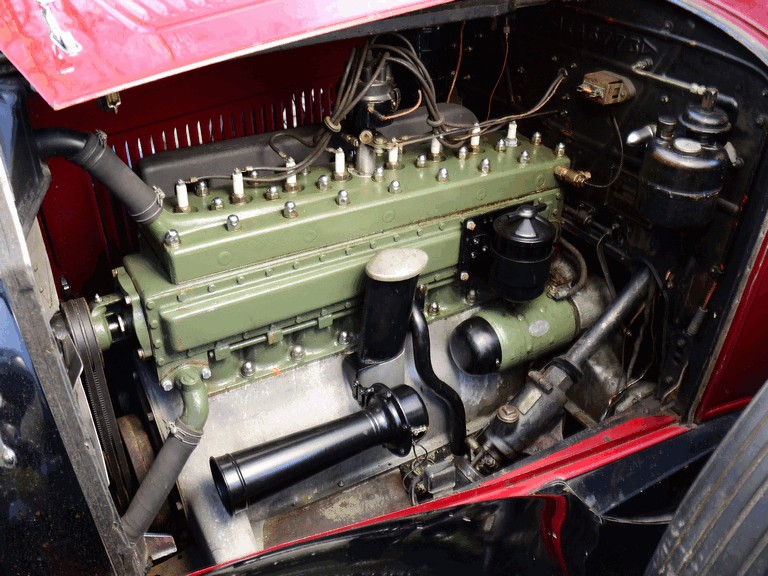
Trim and sleek, the Four-Passenger Convertible Sedan is offered to those who live in fine and sunny climes or who can afford the pleasures of both open and closed cars. Upholstered in rich leather harmonizing with car color plan, the Packard Convertible Sedan is the bright spot in any traffic.
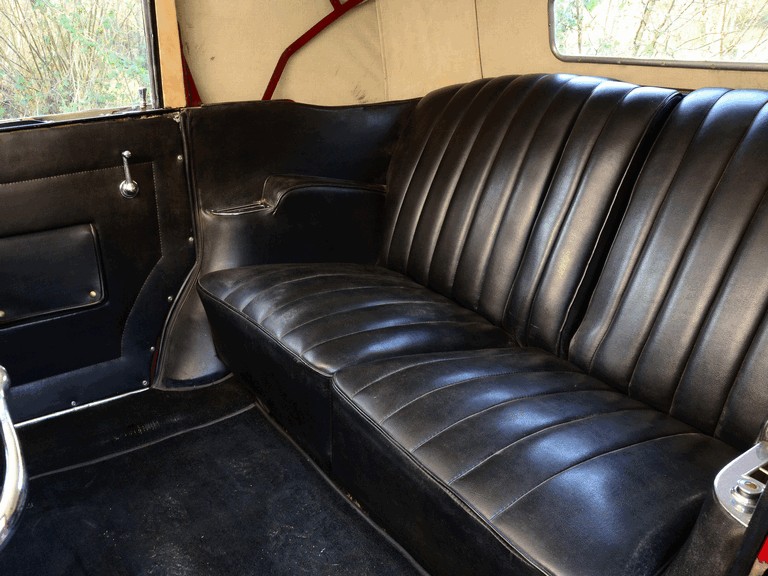
Now the motor car manufacturer who has his customers best interests at heart refines and improves and does everything possible to prevent any undue discounting of previous model values. It is good business to do this and much of Packard’s success can be attributed to an early adoption of the principle which long ago led some one to say “Once a Packard – Always Packard”.
